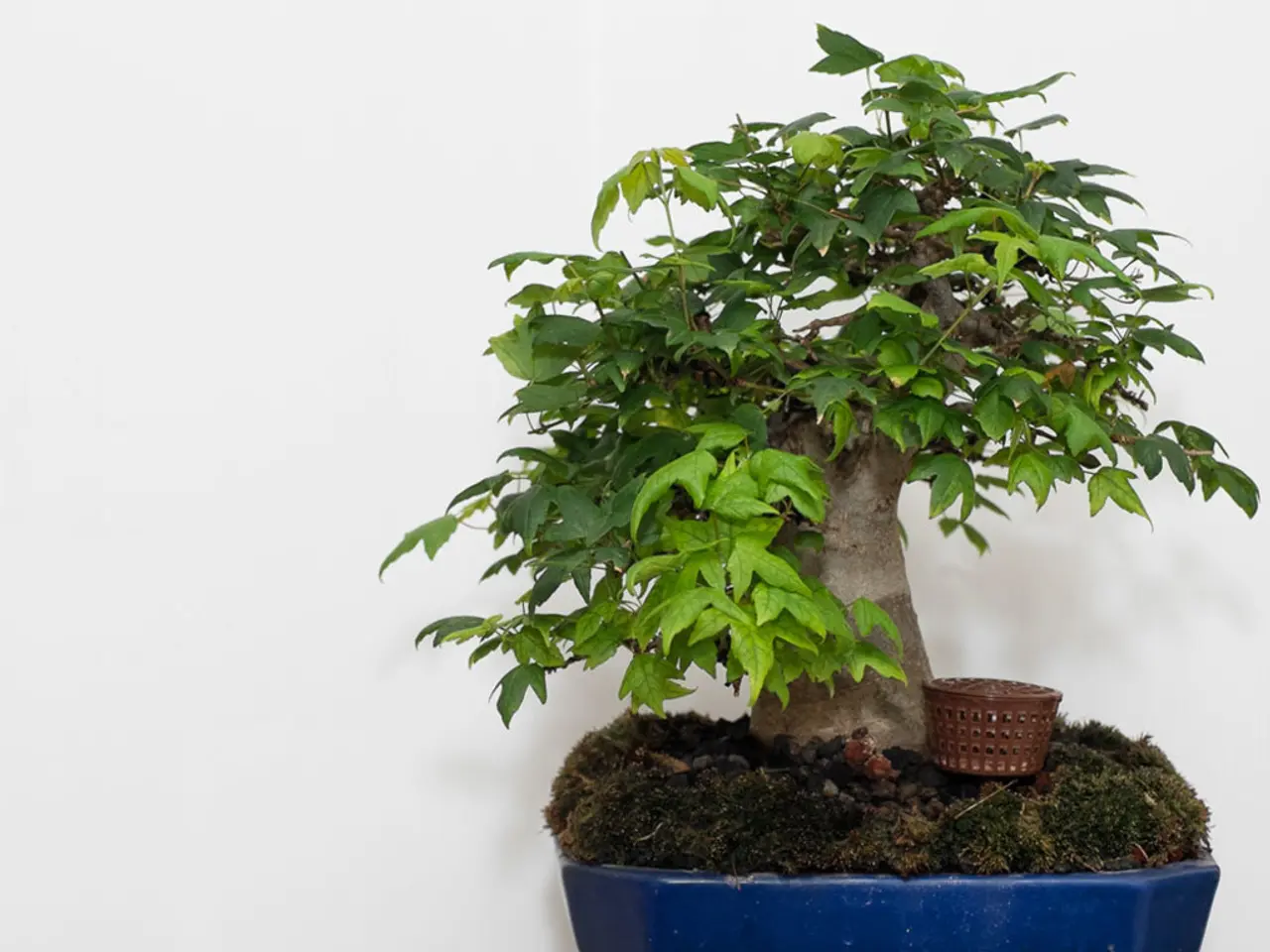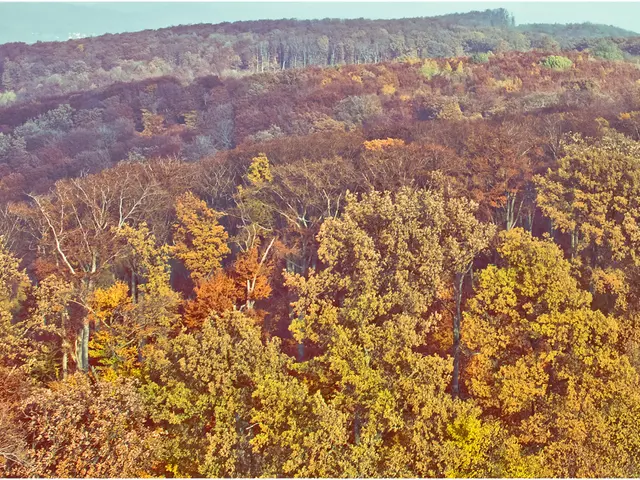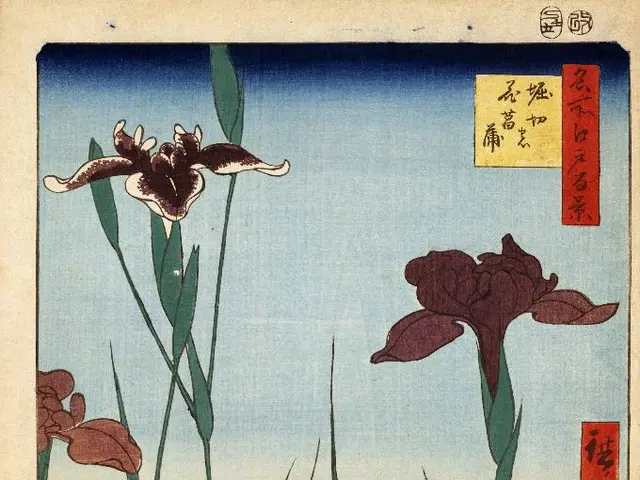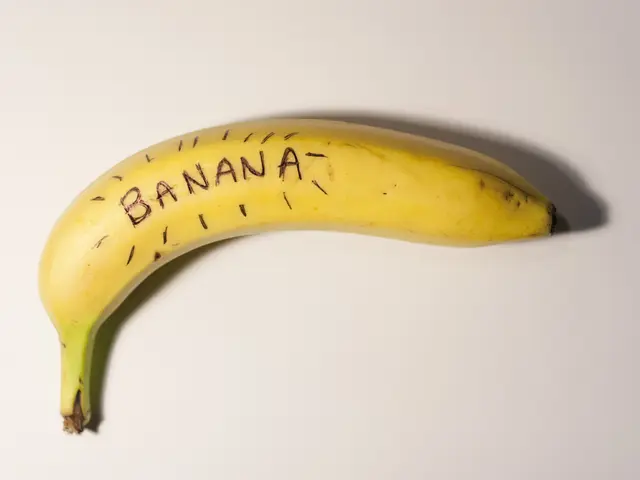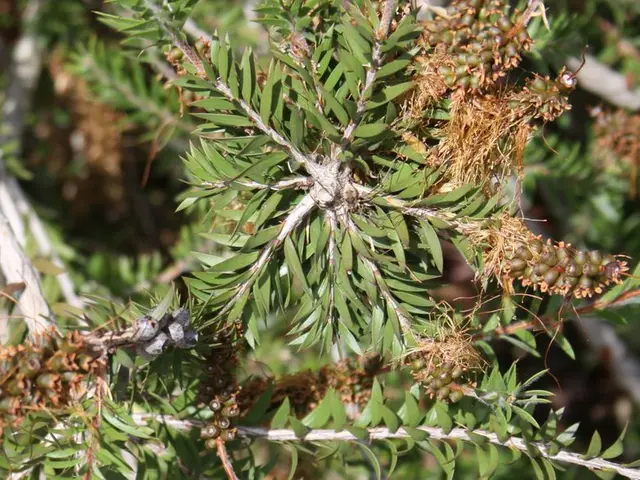Diagnosing and Resolving Bonsai Propagation Problems: Recognizing and Solving Common Problems
In the fascinating world of bonsai, propagation failures can often seem like an insurmountable challenge. However, with the right knowledge and care, success rates for bonsai trees can be significantly improved. This article outlines common causes of propagation failures and strategies to overcome them.
Propagation failures in bonsai trees are often due to overwatering or underwatering, low humidity, inappropriate light conditions, improper soil conditions, stress from frequent movement, repotting, or environmental changes. Overwatering can lead to fungal infections like root rot, while underwatering can cause drying out. Low humidity can cause young cuttings or seedlings to dry out before roots form, and inappropriate light conditions can stress the plant and inhibit rooting.
To overcome these issues, several strategies can be employed. Using healthy cuttings is essential, as Ginseng Ficus cuttings taken as 6-inch stems root well if treated correctly. Maintaining moisture but avoiding waterlogging is crucial, and a clear plastic bag over cuttings can create a greenhouse effect to maintain humidity and promote rooting while preventing excessive evaporation. Choosing appropriate soil mixes is essential, with well-draining bonsai soil mixes suitable for the species being propagated. Providing bright, indirect light is also important, as it encourages photosynthesis and healthy growth.
Avoiding frequent relocation and sudden changes is also vital to reduce stress and leaf drop. Repotting established bonsai should be done carefully to avoid root damage, with roots trimmed moderately without over-pruning to maintain vigor and encourage compact root systems. Monitoring for pests and diseases is essential, as early fungal infections or diseases can sabotage propagation.
In some cases, the scion may grow at the expense of the rootstock, leading to an imbalance harmful to the tree's overall health. Distilled or rainwater is a safer, nurturing choice for watering bonsai cuttings, as tap water's chemical composition and potential contaminants can impede root development.
Understanding the ideal dosage and timing of hormone application is essential to stimulate adequate root development and avoid disruptions to the tree's physiology. Environmental stress factors, such as temperature fluctuations, inadequate humidity, and insufficient light, can contribute to a hostile environment for the scion and rootstock, making it challenging for them to form a strong bond.
Graft rejection can be caused by various reasons, including differences in growth rates, hormone production, or vascular tissue compatibility. Inadequate moisture levels during air-layering can cause rooting medium to dry out, leading to weak root development. Maintaining a humid environment (60-80% relative humidity) supports healthy seed germination, rooting, and grafting, as it reduces transpiration and promotes cell growth.
Careful selection of compatible scion and rootstock material is vital to prevent graft rejection, ensuring similar growth characteristics and vascular tissue structures. Insufficient light exposure can lead to weak, spindly roots during air-layering, making it difficult for the air-layered branch to thrive. Graft union deterioration over time can lead to tree weakening and eventual demise due to graft rejection.
Inconsistent or excessive application of rooting hormones can substantially impede air-layering success, leading to weak or aberrant root development. Providing the branch with bright, indirect light, between 1,500 to 2,500 lux, is crucial during air-layering. Maintaining a consistent and ideal moisture level is essential to prevent stunted or deformed roots in bonsai propagation.
In conclusion, by applying these focused care strategies, propagation success rates for bonsai trees can be significantly improved, leading to healthy and resilient plants. Frequently Asked Questions: What Is the Ideal Humidity Level for Bonsai Propagation? Maintaining ideal humidity is vital for successful bonsai propagation. Ideally, a humid microclimate with 60-80% relative humidity supports healthy seed germination, rooting, and grafting.
Home-and-garden enthusiasts and bonsai hobbyists may find success in their gardening endeavors by employing strategies to improve propagation rates of bonsai trees. For instance, keeping humidity levels between 60-80% can promote healthy seed germination and root growth, while maintaining well-draining bonsai soil mixes can cater to the species being propagated. A clear plastic bag over cuttings can also create a greenhouse effect, maintaining humidity and curbing excessive evaporation.
